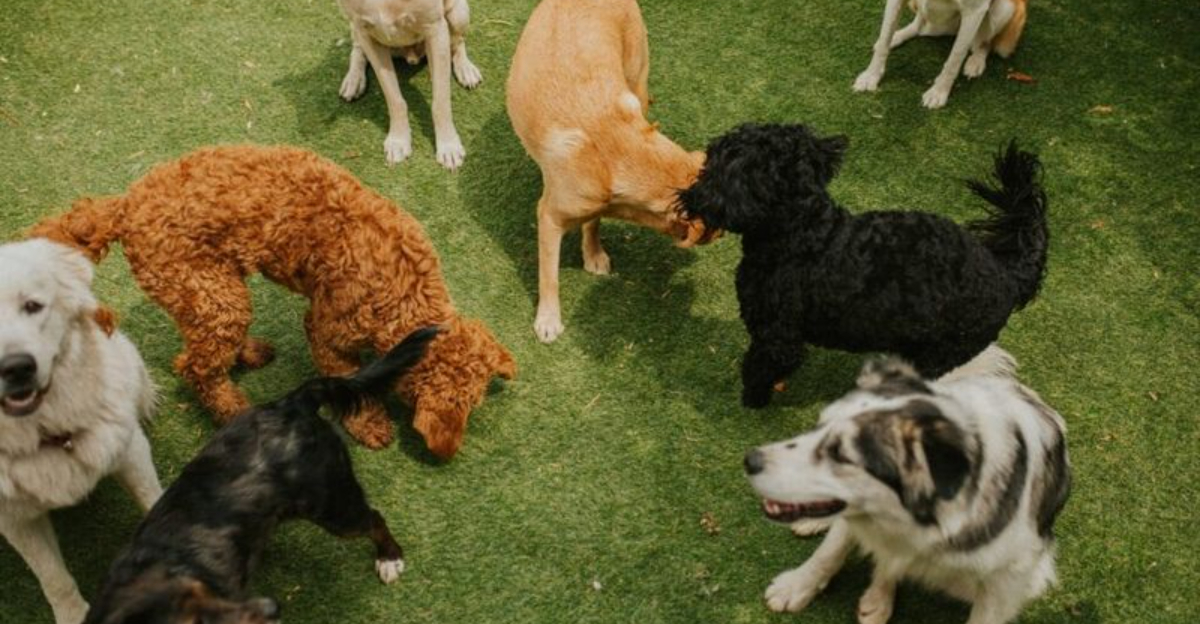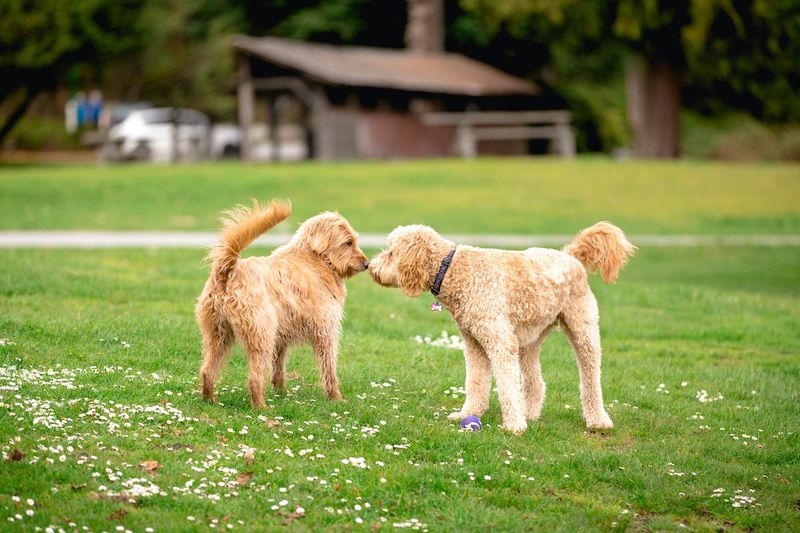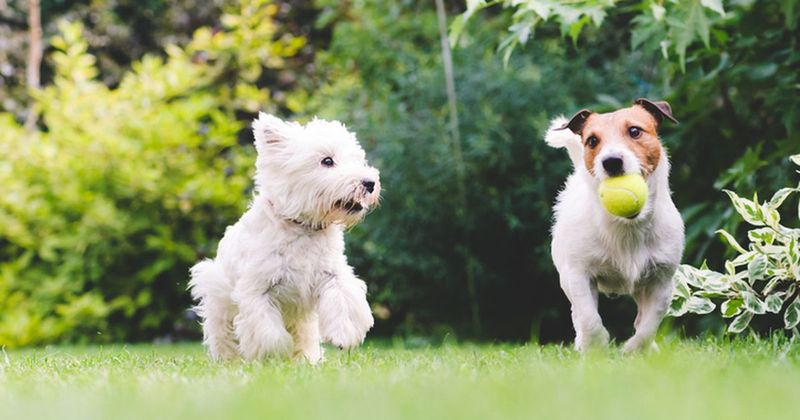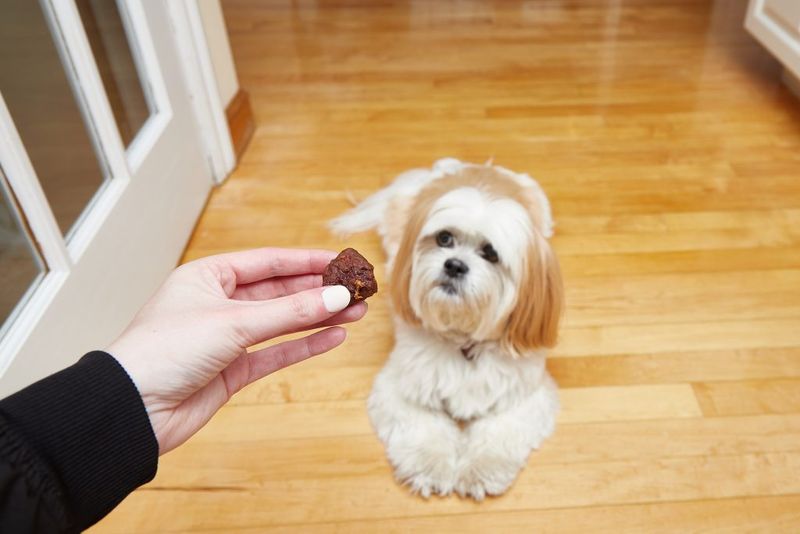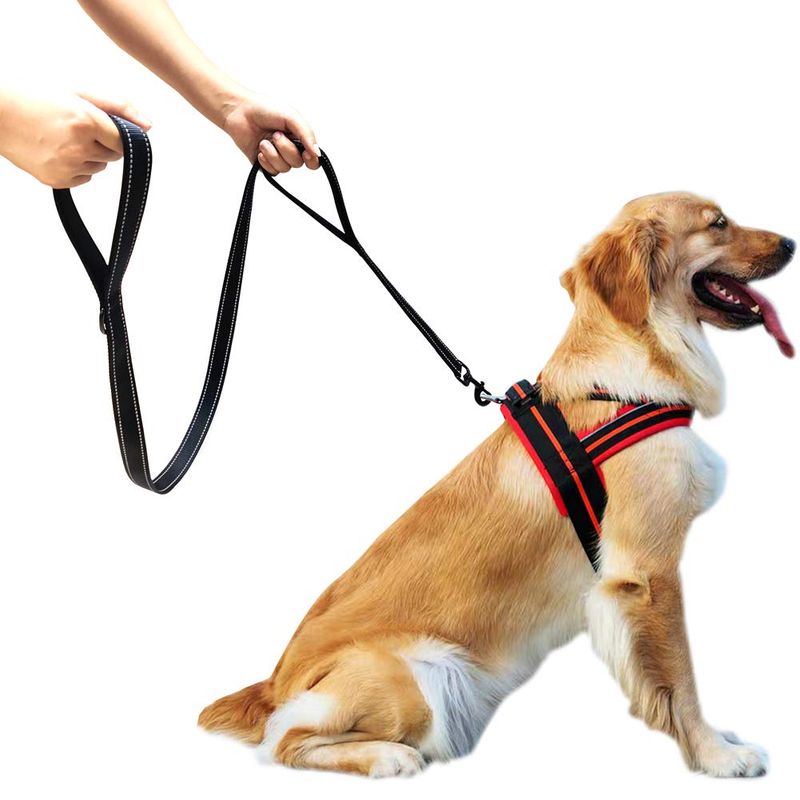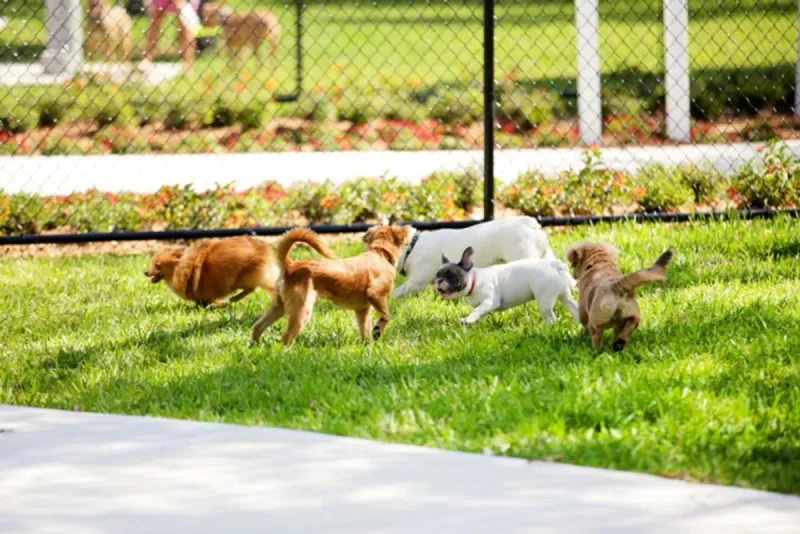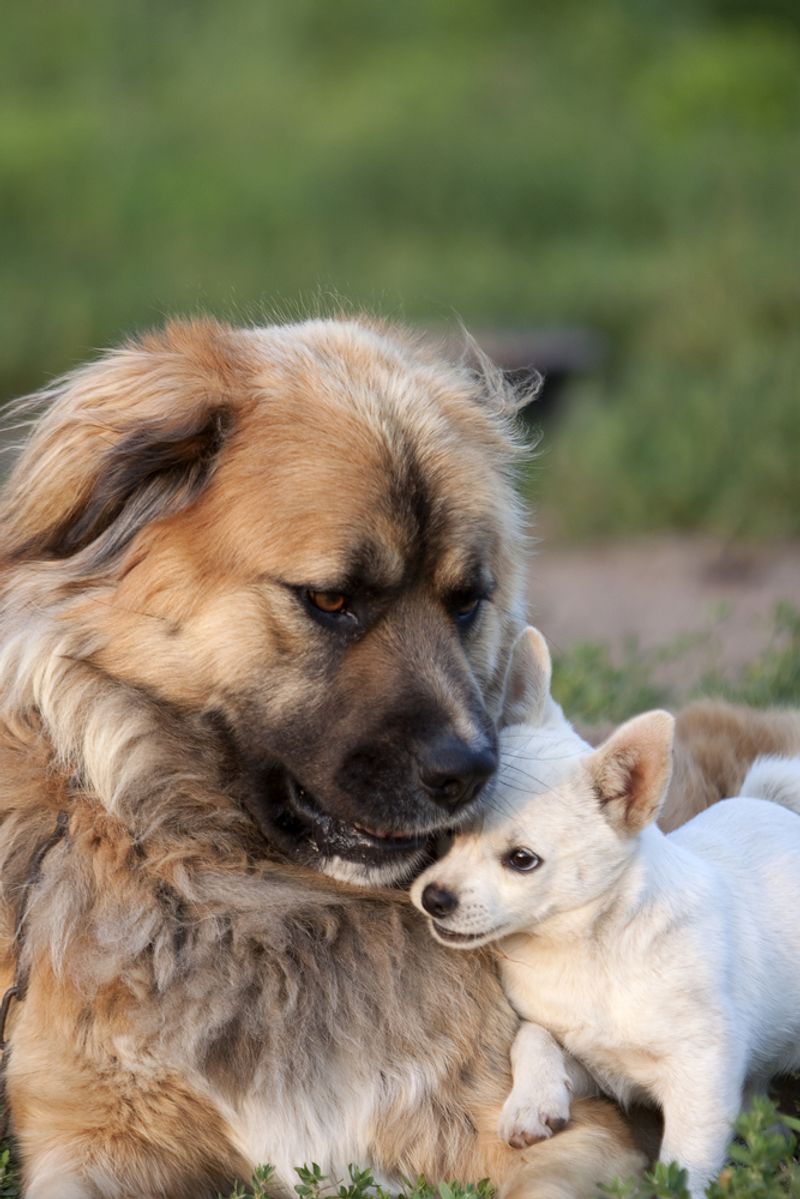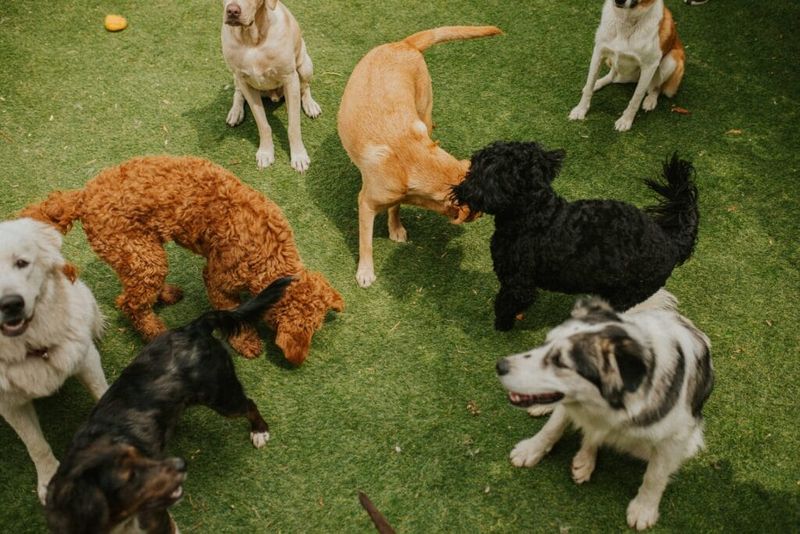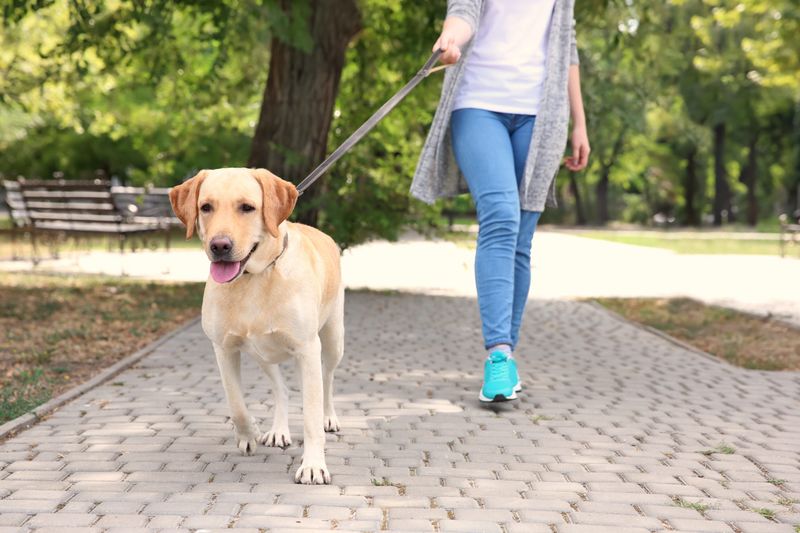Introducing your beloved dog to new canine friends can be both exciting and nerve-wracking. Dogs, much like humans, have unique personalities and preferences, and ensuring their interactions are pleasant requires careful planning. In this post, we’ll explore nine safe and effective steps to help your dog welcome new furry friends without stress. From choosing the perfect environment to understanding dog body language, these tips will guide you in creating harmonious canine friendships. Let’s dive into each step, ensuring your dog’s social circle expands with ease and enjoyment for both of you.
Choose Neutral Territory
Neutral territory is key when introducing dogs. A park or open space offers a fresh environment for both dogs. This setting helps prevent territorial behavior. Two unfamiliar scents mingling in a neutral area can lead to relaxed greetings.
Imagine the excitement of discovering a new playground, where every sniff and bark unveils different stories. Dogs, just like us, feel more at ease in non-threatening spaces. Observe their posture, ensuring wagging tails and relaxed ears.
In such locations, the likelihood of positive interactions increases. Avoid confined spaces where dogs might feel cornered or defensive.
Short Initial Meetings
Short and sweet does the trick! Initial encounters should be brief. A few minutes is enough for dogs to gauge each other’s vibes. Think of it as a quick hello rather than a lengthy chat.
Keep an eye on their body language. Look for signs of comfort, such as wagging tails or playful bounces. If they seem relaxed, it’s a good sign!
Gradually, as they get used to each other, you can extend their playtime. But remember, patience is vital. Slow and steady wins the race when it comes to canine friendships.
Observe Body Language
Understanding a dog’s body language is like reading an unspoken language. Watch for signs like wagging tails or tense muscles. These cues give insight into their feelings.
For instance, a wagging tail often signifies happiness, while a stiff posture might mean unease. Notice their eyes and ears, too. Soft eyes usually indicate friendliness, whereas direct stares can be challenging.
Being vigilant helps prevent misunderstandings. This awareness allows you to intervene if tensions arise, ensuring a smooth introduction. Remember, a relaxed dog is a happy dog.
Use Positive Reinforcement
Positive reinforcement is a powerful tool. Rewarding good behavior with treats or praise encourages friendly interactions. Dogs love rewards, and this strengthens their bond.
Imagine the joy of receiving a treat for being on your best behavior. Dogs experience the same delight! Offering rewards during introductions builds positive associations with new friends.
Be generous with your praise or treats when they behave well. This approach not only reinforces their good manners but also enhances their social skills. It’s a win-win for both you and your dog.
Leash Control and Safety
Leashes offer control and ensure safety during introductions. They allow you to steer interactions smoothly. Leashing both dogs initially helps step in if needed.
Picture a gentle stroll where you’re in charge, guiding the pace and direction. This control reassures anxious dogs that they’re safe.
However, avoid tight leashing, which can create tension. Instead, maintain a relaxed grip, giving them room to explore each other. You’ll find this balance fosters confidence and comfort in new encounters.
Gradual Off-Leash Time
Once comfortable, let them off-leash for some fun! Off-leash time encourages natural play and energies bonds. Ensure the area is secure and enclosed.
Imagine the freedom of running without restraints. This liberty allows dogs to express themselves fully, building deeper connections.
Supervise closely, though, as play can quickly escalate. Be ready to intervene if necessary, redirecting their attention to toys or games. Gradual exposure ensures they enjoy each other’s company without pressure.
Mindful of Size and Breed
Size and breed matter when introducing dogs. A tiny Chihuahua might feel intimidated by a large Great Dane. Consider their differences to ensure harmonious interactions.
Picture a gentle giant playing with a petite friend. It’s a delicate balance, where careful monitoring prevents accidental scares or injuries.
Adjust your approach based on their play styles and energy levels. Understanding these dynamics helps tailor introductions, making them enjoyable for all. Harmony is achieved through respect and adaptation.
Schedule Playdates Regularly
Regular playdates strengthen canine friendships. These scheduled interactions help dogs become familiar and comfortable with each other.
Visualize a recurring meetup where dogs frolic freely, creating delightful memories. They begin to anticipate these gatherings, enhancing their social skills.
Consistent playdates reduce anxiety and promote healthy relationships. They learn the art of sharing space and toys, fostering camaraderie. It’s a joyful cycle of play, learn, and grow together.
Know When to End
Recognizing when to end play is crucial. Over-excitement can lead to fatigue or irritability, affecting future meetings. Watch for signs of tiredness.
Envision a sleepy dog, eyes drooping after hours of fun. This is your cue to wrap up the day. Ending on a positive note ensures they look forward to next time.
Trust your instincts. If their energy wanes or they seem overwhelmed, it’s time to call it a day. Ensure they part on good terms, dreaming of wagging tails and happy adventures.
